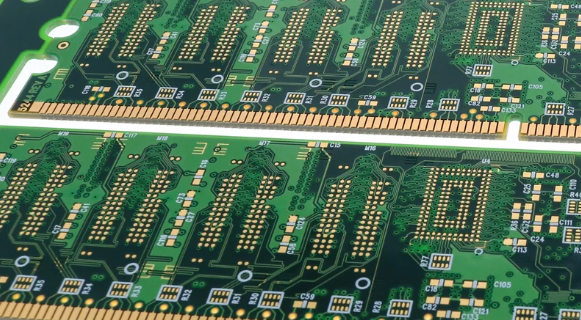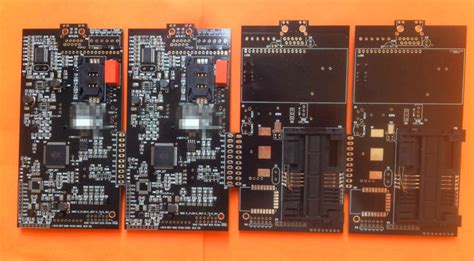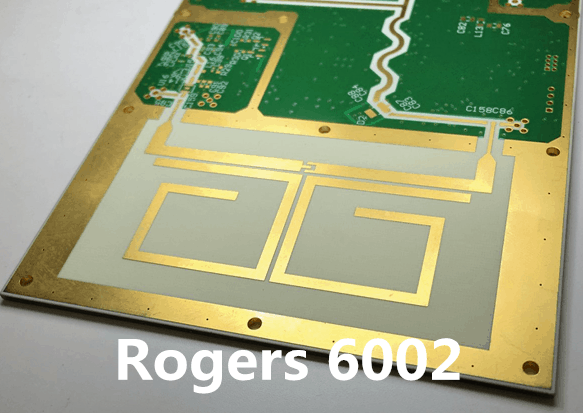Causes of Blistering on PCB Surface: A Comprehensive Analysis
Introduction
Printed Circuit Boards (PCBs) are essential components in modern electronics, providing mechanical support and electrical connections for various components. However, during manufacturing or operation, PCBs may develop defects, one of which is blistering (also known as delamination or bubbling). Blistering refers to the formation of raised areas or bubbles on the PCB surface, which can compromise electrical performance and structural integrity.
This article explores the key causes of PCB blistering, including material issues, manufacturing process defects, environmental factors, and design flaws. Understanding these causes helps in preventing blistering and improving PCB reliability.
1. Material-Related Causes
1.1 Poor Quality of Base Material (Substrate)
The laminate material (typically FR-4) forms the foundation of the PCB. If the substrate has low thermal stability or inconsistent resin content, it may blister under high temperatures during soldering or operation. Common issues include:
- Insufficient resin curing during laminate production
- Contaminated copper foil leading to poor adhesion
- Moisture absorption in the substrate before lamination
1.2 Improper Prepreg (PP) Selection
Prepreg (pre-impregnated fiberglass) binds PCB layers. If the resin content is too low or the curing process is incomplete, blistering can occur due to:
- Weak bonding between layers
- Thermal expansion mismatch during reflow soldering
1.3 Copper Foil Adhesion Issues
Poor copper foil bonding to the substrate can lead to blistering, caused by:
- Surface contamination (dust, oxidation, or oils)
- Inadequate roughening of copper surface before lamination
- Excessive etching weakening copper adhesion

2. Manufacturing Process Defects
2.1 Improper Lamination Process
The lamination process applies heat and pressure to bond PCB layers. Blistering may occur due to:
- Insufficient pressure leading to trapped air or volatiles
- Excessive temperature causing resin degradation
- Uneven heat distribution creating weak spots
2.2 Inadequate Cleaning Before Soldermask Application
If the PCB surface is not properly cleaned before applying soldermask, residues (such as flux, oils, or dust) can cause poor adhesion, leading to blistering during thermal cycling.
2.3 Soldermask Application Issues
- Incorrect soldermask curing (undercured or overcured)
- Poor soldermask adhesion due to surface contamination
- Air bubbles trapped during soldermask coating
2.4 Reflow Soldering Problems
During reflow soldering, PCBs are exposed to high temperatures (~250°C). Blistering can occur if:
- Peak temperature exceeds substrate tolerance
- Heating rate is too fast, causing rapid outgassing
- Moisture in PCB vaporizes, creating internal pressure
3. Environmental and Operational Factors
3.1 Moisture Absorption
PCBs exposed to humid environments absorb moisture, which turns into steam during soldering, causing blistering. This is common in:
- Improperly stored PCBs (lack of vacuum sealing)
- High-humidity manufacturing environments
3.2 Thermal Stress and Cycling
Repeated heating and cooling (e.g., in automotive or aerospace applications) can weaken PCB layers, leading to:
- Micro-cracks in the substrate
- Resin-copper delamination
3.3 Chemical Exposure
Harsh chemicals (e.g., strong solvents, acids, or alkalis) can degrade PCB materials, causing:
- Resin softening
- Copper corrosion and detachment

4. Design-Related Causes
4.1 Uneven Copper Distribution
Areas with high copper density (e.g., power planes) expand differently than sparse regions, causing localized stress and blistering.
4.2 Inadequate Thermal Relief Design
Poor thermal relief in vias/pads can lead to excessive heat concentration, weakening adhesion.
4.3 Incorrect Material Selection for High-Temperature Applications
If a standard FR-4 PCB is used in high-power or high-frequency applications, it may blister due to thermal degradation.
5. Prevention and Solutions
| Cause of Blistering | Preventive Measures |
|---|---|
| Poor substrate quality | Use high-Tg (glass transition temperature) laminates |
| Moisture absorption | Bake PCBs before assembly (e.g., 125°C for 4-6 hours) |
| Improper lamination | Optimize lamination pressure/temperature |
| Contaminated surfaces | Ensure thorough PCB cleaning before soldermask |
| Reflow soldering issues | Follow proper reflow profile (ramp-up, peak, cooling) |
| Thermal stress | Use flexible or high-reliability materials (e.g., polyimide) |
Conclusion
PCB blistering is a critical defect that can arise from material flaws, manufacturing errors, environmental exposure, or design issues. By understanding these root causes, manufacturers can implement better process controls, material selection, and storage practices to minimize blistering risks. Ensuring proper lamination, moisture control, and thermal management is essential for producing high-reliability PCBs.
For critical applications (e.g., aerospace, medical devices), rigorous testing (thermal cycling, IST, cross-section analysis) should be conducted to detect early signs of delamination. By addressing these factors, PCB blistering can be effectively prevented, enhancing product longevity and performance.






